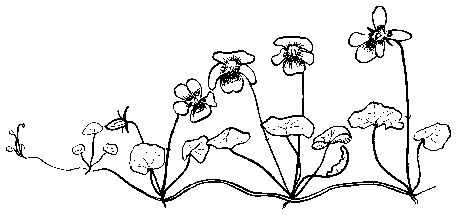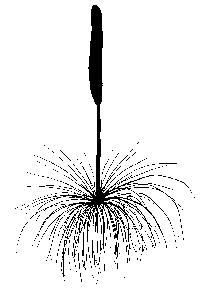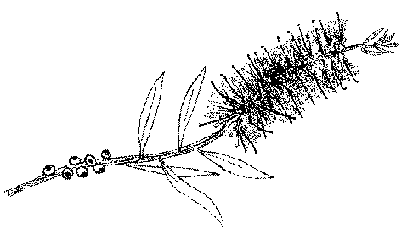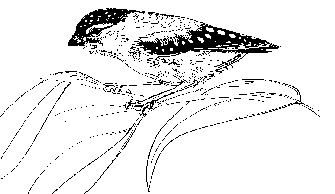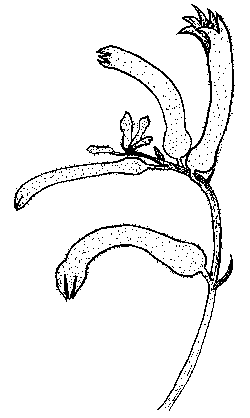<script type="text/javascript">
<!--
window.location = “http://southeastforests.com.au"
//-->
</script>
Some Tips on Gardening with Australian Plants
| Australian native plants
can be dramatic, interesting and come in all colours of the rainbow. They are adapted to the harshness of our climate and can survive
severe drought without draining our water reserves.They save money on your water bills,
require low maintenance and can effectively replace your lawn. They attract birds and
butterflies, and will even flourish indoors.
AUSTRALIAN PLANTS
Before planting out natives, the more the soil is prepared the better. For example, extensive digging over will help loosen compacted soils. Digging in some compost or other organic matter like straw or peat will help the plants along. The plant should be put into the ground so that no part of its stem lies below the level of the surrounding soil. In regular soils some gardeners like to use a slow release fertiliser, but it is not usually necessary. Most natives will not tolerate high phosphorus fertilisers. Plants from eastern Australia generally prefer acidic soils. With heavier clay soils, the addition of some gypsum and extra humus will make the soil more friable. In most cases it will help to make a substantial mound, to at least 30cm (12"), where the plants are to go in order to give better drainage.
Then sketch a plan taking side elevations of special aspects, say, the view from the loungeroom window. First locate the larger species, and work down.
Note the location of any species that will need watering and mark in the route of a watering system. This will be more economical than using a hose and sprinkler.
When planning, think of the natives in terms of groundcovers, understorey and taller shrubs or trees. As the taller species grow up, the understorey and groundcovers will happily occupy the gaps. Particular species like the Waratah can make striking specimens when situated in exactly the right position.
You can choose a range of natives so you have flowers in your garden all year round, and you can arrange their colours for the maximum effect. Many bear attractive, often edible fruits. Plan also for the maximum fragrance and striking foliage colours. Australian gardening styles often seem informal. They use the myriad forms of the bush and reflect the complexity of its beauty.
It is easy to use. Set out to show flowering times season by season, it gives an annual planting guide and the special tolerances and features of each plant. It also includes illustrations, a further reading list and a useful list of native suppliers.
|
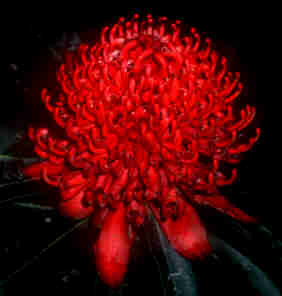 |
